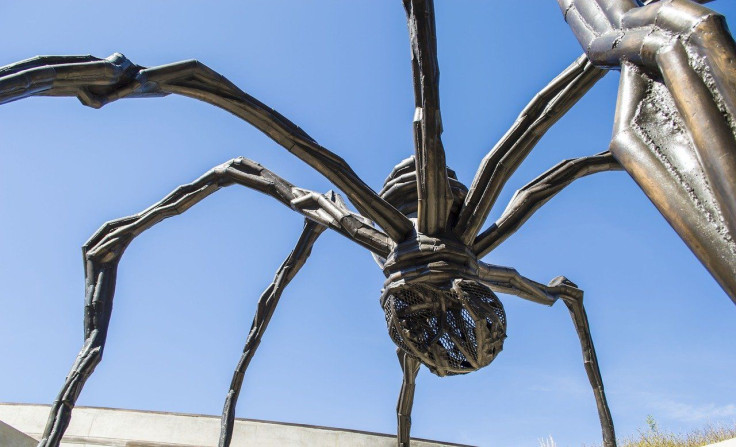This Banana Spider Is Actually Two Separate Species
KEY POINTS
- The Phoneutria genus is considered "medically important"
- Researchers validated a misidentified banana spider species
- Citizen science played an important part in the researchers' work
A venomous spider species has been misidentified for years. A new study has shown that they actually belong to two separate species but have been sharing the same scientific name till now.
Spiders from the Phoneutria genus are aggressive and considered to be among the most venomous spiders, Pensoft Publishers said in a blogpost. Also known as banana spiders, these spiders are nocturnal and can be found in banana plantations in Central and South America.
But there are doubts as to how many species are actually there in the genus. For instance, the last two taxonomic revisions of the genus were quite contradictory, with one recognizing only five by lumping several species into P. nigriventer, while the other even split P. nigriventer species into three.
New study finds out there are not 1⃣ but2⃣ separate species of venomous banana spiders🍌🕷️ going by the same scientific name😯
— ZooKeys (@ZooKeys_Journal) March 9, 2021
📖 Read more on @Pensoft's blog: https://t.co/M42iirsaY5
"In the case of Phoneutria depilata, this species has been found co-occurring with P. boliviensis for several decades," the researchers of a new study, published in Zookeys, wrote.
While examining museum specimens identified as P. boliviensis, the researchers found that the features used to identify the species were "not sufficient." Further fieldwork and analysis confirmed that they were actually two separate species with their distributions separated by the Andes mountains. P. boliviensis spiders reside in the Amazonian region and the P. depilata in the Andes, Chocó, and Caribbean regions, Pensoft Publishers noted.
Two species, not one
This revalidates P. depilata as a separate species. For years, it was only "synonymized" with P. boliviensis, being misidentified as the latter in studies about its venom and geographical distribution, the researchers said.
Phoneutria spiders are considered "medically important" because of their potent venom and that some of them tend to reside in populated areas, the University of Florida explained. "Very few" of the world's approximately 40,000 spider species are considered to be medically important to people.
"This valuable information will help identify risk areas of accidental bites and assist health professionals in determining the identity of the species involved, especially for P. depilata," the researchers wrote. "This is a significant discovery that will affect studies about toxicology, opening new opportunities to compare the venom composition and the effect of these two species."
Importance of citizen science
The study also showed the importance of citizen science, as the platform iNaturalist helped the researchers identify the species' distribution.
"Since the two species are among the few spiders that can be identified using only images, the platform turned out to be a very helpful tool," Pensoft Publishers explained, noting that the platform even had a wider distribution of records than the scientists' database.
The platform has an impressive 46,765,000 observations of over 291,200 animal and plant species.
"To our knowledge, this is the first study that has used iNaturalist to gather occurrence records on venomous species to estimate distribution models," the researchers said.

© Copyright IBTimes 2024. All rights reserved.






















